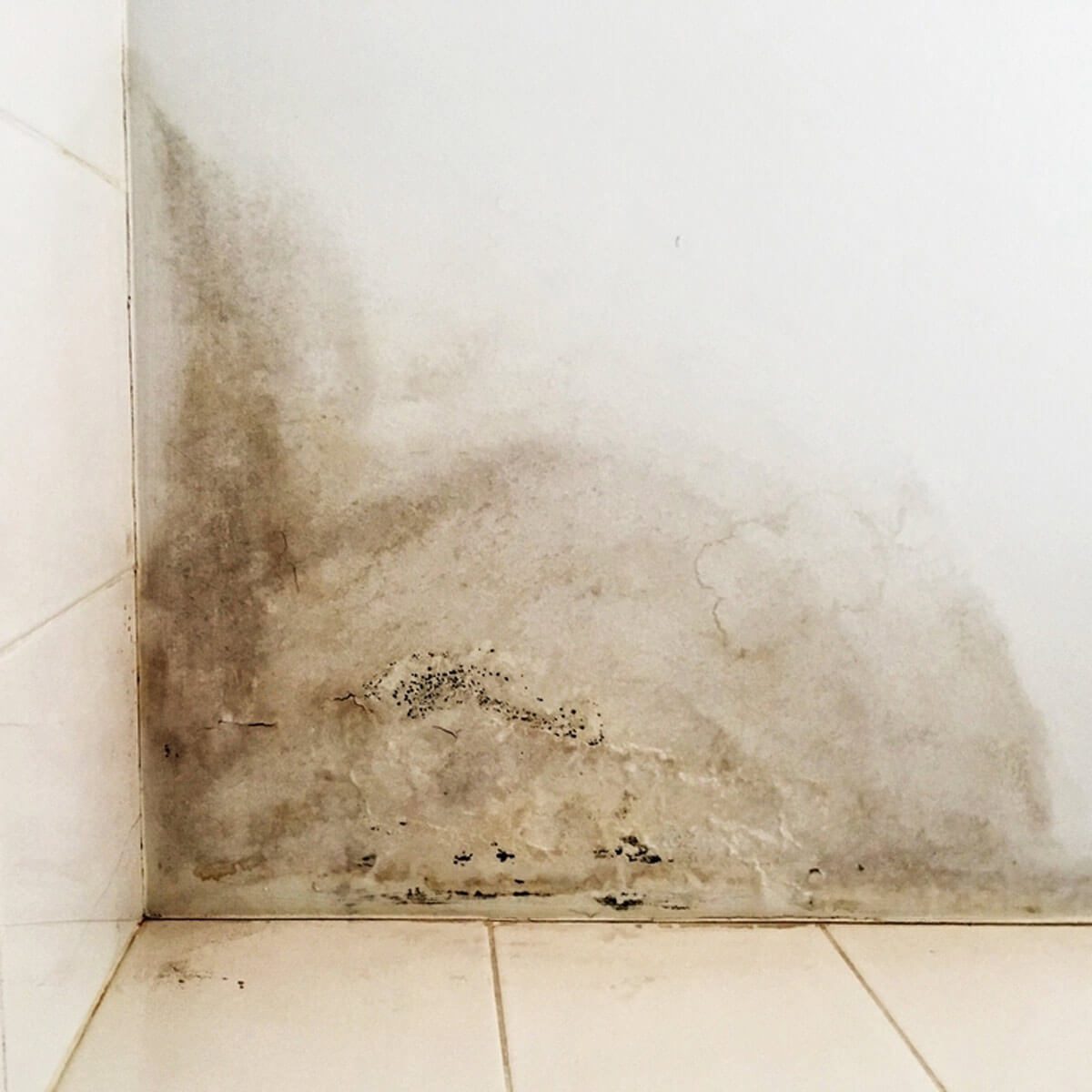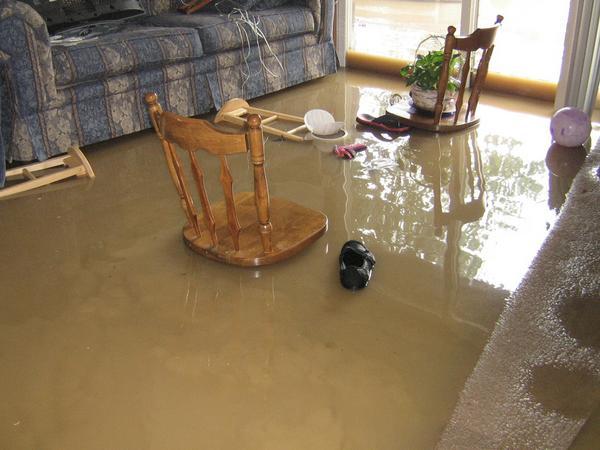Emergency Water Leak Repair to Prevent Further Property Destruction
Wiki Article
The Process of Water Damage Clean-up: Guaranteeing Your Home Is Recovered Effectively
Water damages can be a difficult difficulty for property owners, necessitating a thorough and structured cleaning process to bring back safety and capability. A comprehensive evaluation is vital to determine the degree of the damages and determine the appropriate remediation actions. Following this, efficient water removal methods play an essential role in alleviating more harm. The nuances of drying, sanitizing, and ultimate reconstruction are similarly important and frequently neglected. Comprehending these phases can make a considerable distinction in the end result of your home's reconstruction, motivating a closer take a look at what each action entails.Analyzing the Damages
Upon discovering water damages, the primary step is to thoroughly evaluate the level of the influence. This initial examination is vital, as it assists establish the necessary steps for effective cleaning and repair. Begin by examining the affected areas, including walls, ceilings, floors, and personal valuables, to recognize the resource of the water breach, whether from flooding, leaks, or condensation.Recording the damages is crucial for both insurance claims and preparing restoration initiatives - damage restoration services. Use pictures and created notes to capture the severity of the damage, noting any type of affected structural aspects and products. Pay unique focus to locations that may not be immediately visible, such as behind wall surfaces and under carpetings, as concealed dampness can bring about more complications, consisting of mold and mildew development
Additionally, examine the timeline of the water direct exposure. The longer the products continue to be damp, the better the possibility for damages. Comprehending the period of exposure will educate the seriousness of remediation efforts. Eventually, an extensive analysis lays the groundwork for an effective water damage cleanup procedure, making sure that all influenced locations are addressed properly and extensively.
Water Removal Techniques

Professionals usually use completely submersible pumps for bigger volumes of water, which can swiftly relieve flooding in basements or various other influenced locations. For smaller quantities, wet/dry vacuums are typically used to draw out recurring wetness from carpetings and difficult surface areas. Furthermore, using portable extractors enables targeted removal in constrained spaces or areas with fragile materials.
In instances of contaminated water, such as sewer or floodwater, advanced removal methods may entail making use of biohazard devices to guarantee security and compliance with health laws. High-powered removal devices are vital in minimizing water retention in architectural materials, which can lead to mold and mildew growth and structural damage otherwise dealt with quickly.
Ultimately, the performance of water extraction techniques plays a crucial duty in the total success of the water damages cleaning process, laying the foundation for succeeding repair efforts.
Drying and Dehumidification
Once standing water has been properly removed, the following vital stage in the water damage cleaning process is drying and dehumidification. This action is vital to stop additional damages and mold and mildew growth, which can take place within 24 to 48 hours in damp settings.To achieve reliable drying, specific tools such as industrial-grade air movers and dehumidifiers is utilized. Air movers circulate air throughout damp surfaces, enhancing evaporation prices, while dehumidifiers reduce humidity levels in the air, promoting a conducive setting for drying out. The combination of these tools ensures that moisture is drawn out from floors, home furnishings, and wall surfaces, enabling them to completely dry extensively.
It is very important to check the drying out procedure closely. Professionals often make use of dampness meters to evaluate the dampness content in numerous products, ensuring that all affected areas reach acceptable dry skin degrees. This precise strategy aids to prevent hidden moisture pockets that could bring about architectural damage or undesirable mold and mildew growth.

Cleansing and Sterilizing
After the drying and dehumidification stage is full, the next crucial step in water damage clean-up is cleansing and sterilizing the impacted areas. This process is crucial to stop the growth of mold and mildew, bacteria, and various other pathogens that grow in moist environments.The cleansing stage normally involves getting rid of water damage cleanup any kind of debris, dirt, and contaminants from surface areas using specialized cleaning up representatives. For hard surface areas, a combination of soap and water or commercial cleansing items is commonly utilized. Soft products, such as furniture and carpetings, may need a lot more substantial cleansing methods, consisting of steam cleaning or deep removal methods, to ensure detailed sanitation.

Sterilizing complies with cleaning, making use of EPA-approved anti-bacterials to eliminate harmful microorganisms. This action is vital, especially in locations that may have entered into contact with floodwaters or sewer, as these sources can position severe health threats.
In addition, it is very important to attend to any kind of remaining odors, which may call for using odor neutralizers or innovative techniques like ozone treatment. Appropriate cleansing and sanitizing not only recover the safety and security and health of your home however additionally prepared for successful reconstruction and repair services in subsequent phases of the water damages clean-up process.
Remediation and Fixings

When the evaluation is full, restoration initiatives can start. This commonly entails repairing or changing broken materials, making certain that all job follows regional building codes and requirements. If drywall has actually been endangered, it will require to be gotten rid of and replaced with new material. Furthermore, floor covering might call for similar interest, relying on the level of water exposure.
It is essential to engage knowledgeable reconstruction experts during this process, as they have the experience to take care of intricate fixings effectively. They can aid mitigate prospective future issues, such as mold and mildew development or architectural instability, thus guaranteeing a risk-free and habitable living atmosphere. Ultimately, effective reconstruction and repairs recover the home's honesty and improve its total value.
Final Thought
Finally, the procedure of water damages cleanup is critical for recovering a home to its pre-damage condition. Each stage, from examining the damages to executing effective water removal techniques, followed by comprehensive drying, sterilizing, and necessary fixings, plays a vital role in making sure security and conformity with structure requirements. Reliable execution of these actions not just mitigates immediate damages but also enhances the long-lasting stability and value of the residential property.Water damages can be a daunting obstacle for house owners, necessitating a structured and thorough cleaning process to bring back safety and functionality. Inevitably, an extensive assessment lays the foundation for a successful water damages cleaning procedure, making certain that all influenced areas are dealt with efficiently and completely.
Reliable water removal techniques are vital in alleviating damages and stopping more difficulties following a water intrusion event.In verdict, the process of water damage cleaning is crucial for restoring a home to its pre-damage condition. Each phase, from analyzing the damage to implementing efficient water removal techniques, adhered to by detailed drying, disinfecting, and necessary fixings, plays a vital duty in ensuring safety and conformity with structure standards.
Report this wiki page